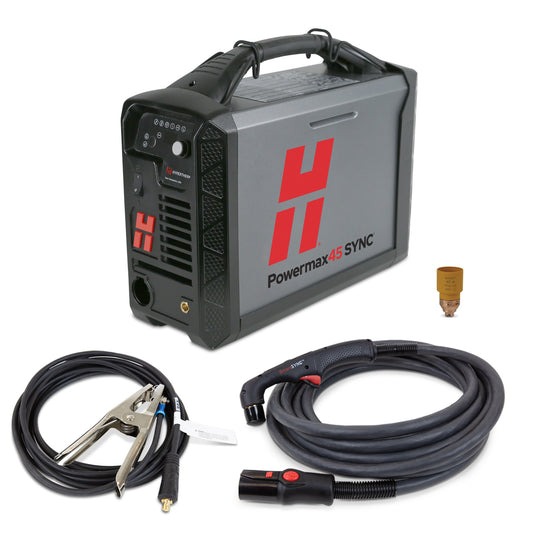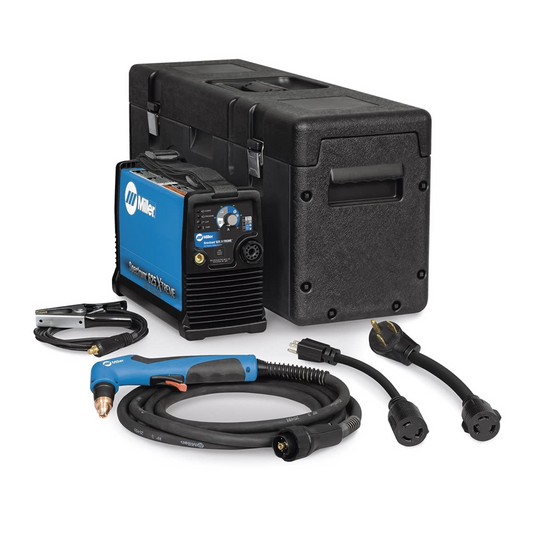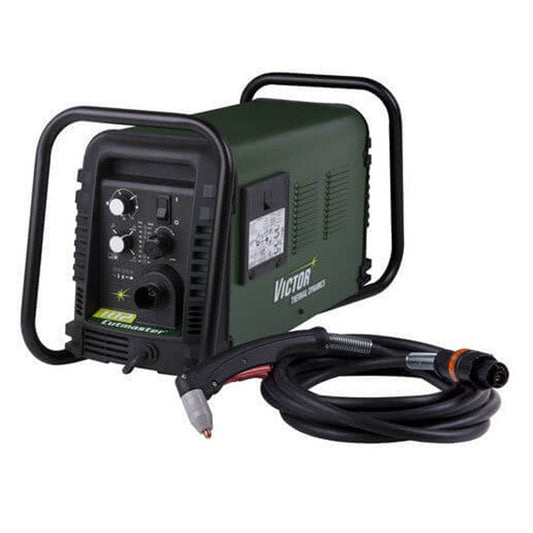Plasma cutting is one of the most efficient and precise methods for cutting metal, offering clean cuts with minimal heat distortion. Whether you're a beginner or an experienced fabricator, understanding the right techniques can significantly improve your cutting results. In this guide, we'll cover the basics of plasma cutting, essential techniques, and tips for achieving clean, professional-quality cuts.

How Plasma Cutting Works
Plasma cutting uses an electrical arc and compressed gas (such as air, nitrogen, or oxygen) to create an extremely hot plasma jet that melts through metal. The high-velocity gas then blows away the molten material, producing a precise cut with minimal slag.
Essential Plasma Cutting Techniques for Clean Cuts
Use the Right Amperage and Air Pressure
- Adjust the amperage based on the thickness of the metal. Higher amperage allows for faster cutting on thick materials, while lower settings are better for thin metals.
- Ensure adequate air pressure to maintain a steady plasma arc. Inconsistent air pressure can lead to poor cut quality and excessive dross.
Maintain a Steady Hand and Proper Standoff Distance
- Use a guide or straightedge to keep your hand steady and produce straight cuts.
- Maintain a consistent standoff distance (the gap between torch tip and the metal surface) to prevent dragging and achieve cleaner cuts.
Start at the Edge when Possible
- Whenever possible, start your cut from the edge of the material instead of piercing through the center. Edge starts reduce excess molten metal buildup and improve cut quality.
Cut at a Proper Speed
- Too slow? You'll create excessive dross (molten metal buildup) on the underside of the cut.
- Too fast? You may not fully cut through the material, leading to an incomplete or jagged edge.
- Find the optimal speed by observing the sparks--if they shoot downward, you're cutting at the right pace.
Use Drag Cutting for Precision
- Some plasma torches allow for drag cutting, where you rest the nozzle on the workpiece. This provides better control and precision, especially on thin materials.
Avoid Excessive Tilting of the Torch
- Hold the plasma torch as perpendicular as possible to the material for cleaner edges and minimal beveling.
- A light tilt may be necessary for specific applications, but excessive angles will cause uneven cuts.
Keep Consumables in Good Condition
- Regularly check and replace electrodes, nozzles, and shields to maintain consistent cut quality.
- Dirty or worn-out consumables can cause erratic arcs and poor performance.
Prepare the Work Surface
- Ensure your workpiece is clean and free of rust, paint, or oil to avoid contamination and improve conductivity.
- Use a ground clamp properly to maintain a stable arc and prevent arc interruptions.
Safety Considerations
- Wear protective gear including gloves, a welding helmet with a plasma-cutting shade, and flame-resistant clothing.
- Ensure proper ventilation as plasma cutting can produce fumes and fine metal particles.
- Keep a fire extinguisher nearby, as sparks can ignite flammable materials.
Get the Best Plasma Cutting Equipment
Using the right plasma cutter and accessories can make all the difference in achieving high-quality cuts. Whether you're looking for a new plasma cutting system, replacement consumables, or expert advice, Baker's Gas and Welding has you covered.
For all your welding and cutting needs, contact Baker's Gas and Welding at 877-930-5690 or email support@bakersgas.com today!





